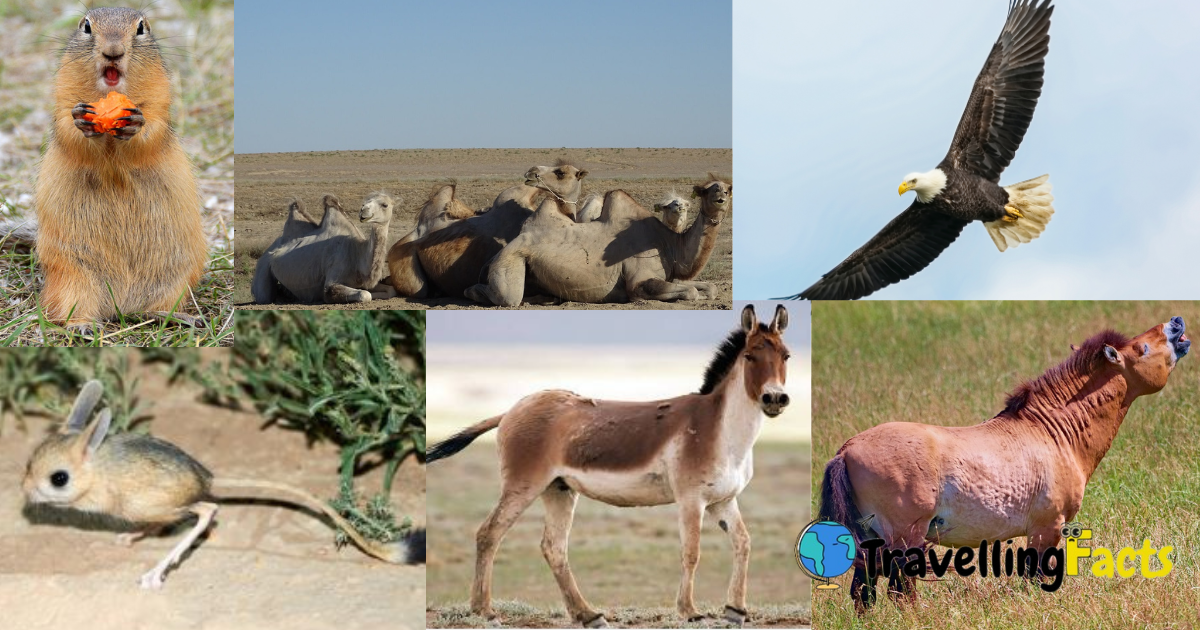The huge and uninhabitable Gobi Desert spans two nations, Mongolia and China. It thrives despite its challenging surroundings. This page aims to shed light on the mysterious Gobi Desert Animals that have somehow evolved to live in one of the most hostile settings on earth. Nature is robust, as evidenced by the hardy Bactrian Camel and the elusive Snow Leopard. Prepare to be astonished by the Gobi Desert’s native wildlife’s variety and adaptability.
The Gobi Desert’s Abundant Biodiversity
The enormous variety of the Gobi Desert is a perfect example of nature’s adaptability and resilience. The desert is alive despite its harsh, unfriendly surroundings; it is home to a diverse range of creatures that have developed special Mammals abound in the area, including the Mongolian Wild Ass, Snow Leopard, and Bactrian Camel. While birds like the Saker Falcon and Houbara Bustard add to the diversity, reptiles like the Gobi snake crawl through the sands. The Gobi Desert is a fascinating illustration of how life persists under difficult conditions.
Uncovering the Gobi Desert Animals’ Mysteries
A fascinating world of adaptability and survival is revealed by learning the secrets of the Gobi Desert’s species. Think about the Bactrian camel, which represents the desert. This species has adapted to survive various extremes, from bitter cold to scorching heat. During times of famine, the fat they store in their humps can be transformed into water and energy. When the seasons change, they shed their heavy coats. The Snow Leopard has a long tail for balance on rough terrain and a huge nasal chamber to reheat cold air before it reaches its lungs. The Gobi Bear is an omnivore that thrives in this dry environment by consuming roots, berries, rodents, and insects. Each of these species’ particular survival techniques demonstrate life’s remarkable adaptability in one of the most difficult environments on earth.
The Bactrian Camel:
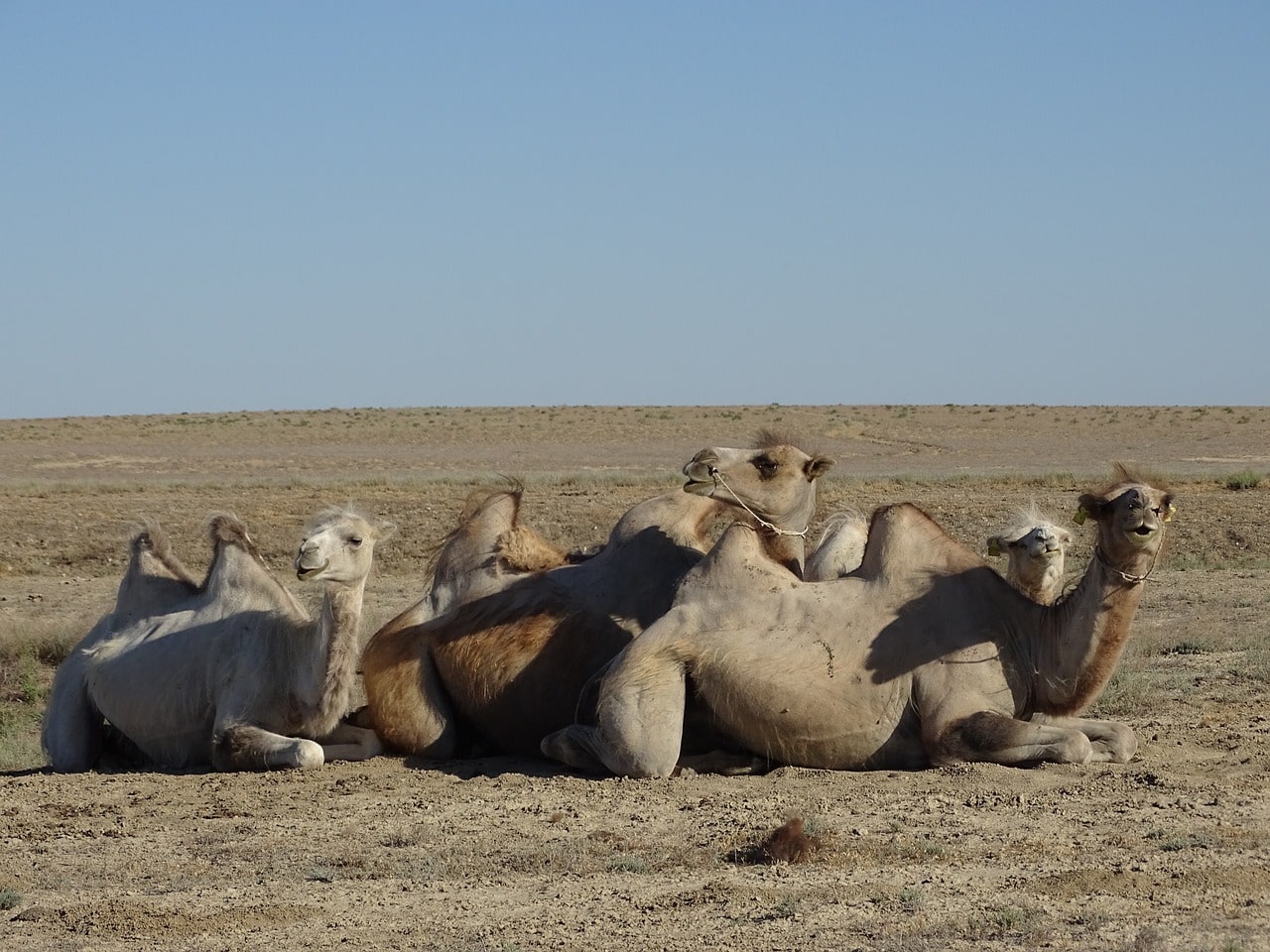
Scientifically known as Camelus ferus, the Bactrian camel represents tenacity and survival in the Gobi Desert. Two humps may even survive in saltier water than seawater and store fat in famine times. They consume a shrub known as Saxaul and disperse its seeds through their feces in the desert habitat. This promotes the development of new Saxaul forests.
The Snow Leopard, an isolated and rare animal who lives in the Gobi Desert, is frequently referred to as the “Ghost of the Gobi.” They are masters of stealth and survival thanks to their gorgeous fur and enigmatic temperament. In the desert, their long tail helps them balance and their huge nasal cavity warms the frigid air before it reaches their lungs.
Gobi Jerboa:
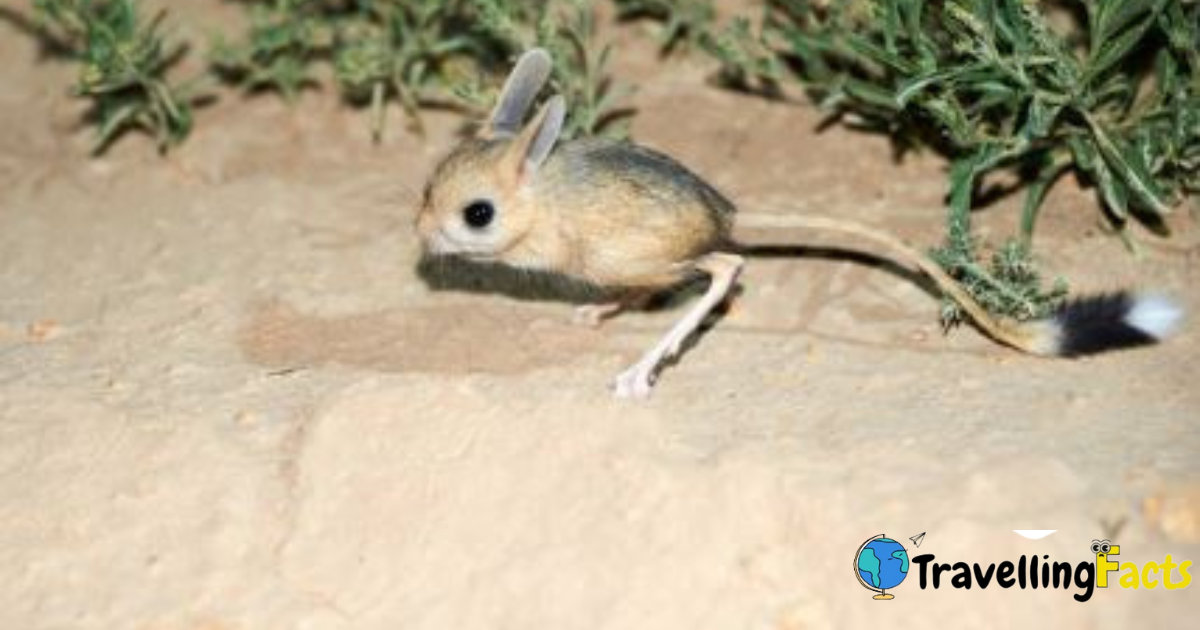
The Gobi Jerboa is yet another amazing animal found in the Gobi Desert. Their long tails and kangaroo-like hind legs are especially adapted for desert climates. They remain in their burrows all through the day and surface at night to eat off insects and plants.
Mongolian Wild Ass:
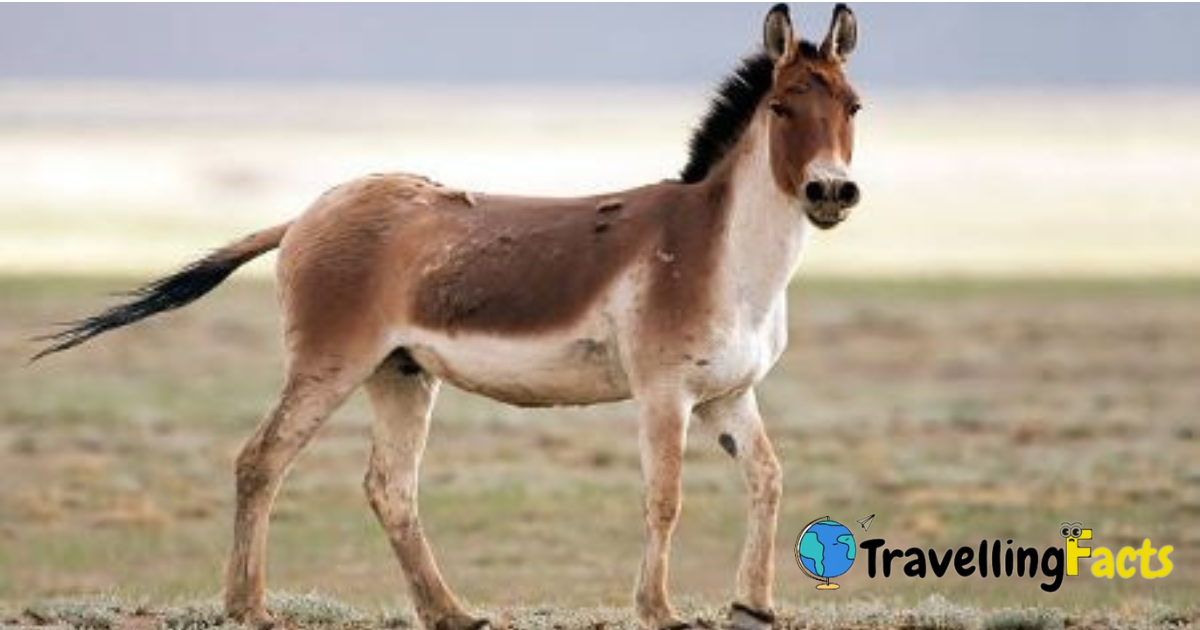
The Khulan, or Mongolian Wild Ass, is swift and hardy. Despite the harsh Gobi Desert environment, these animals display incredible endurance by sprinting huge distances at high speeds in search of water. Due to their wide range and strength, they are probably the most amazing species in the Gobi Desert.
Gobi Bear:
The Gobi Desert in Mongolia is the only known location for the critically endangered Mazaalai, or Gobi Bear, a subspecies of brown bear.
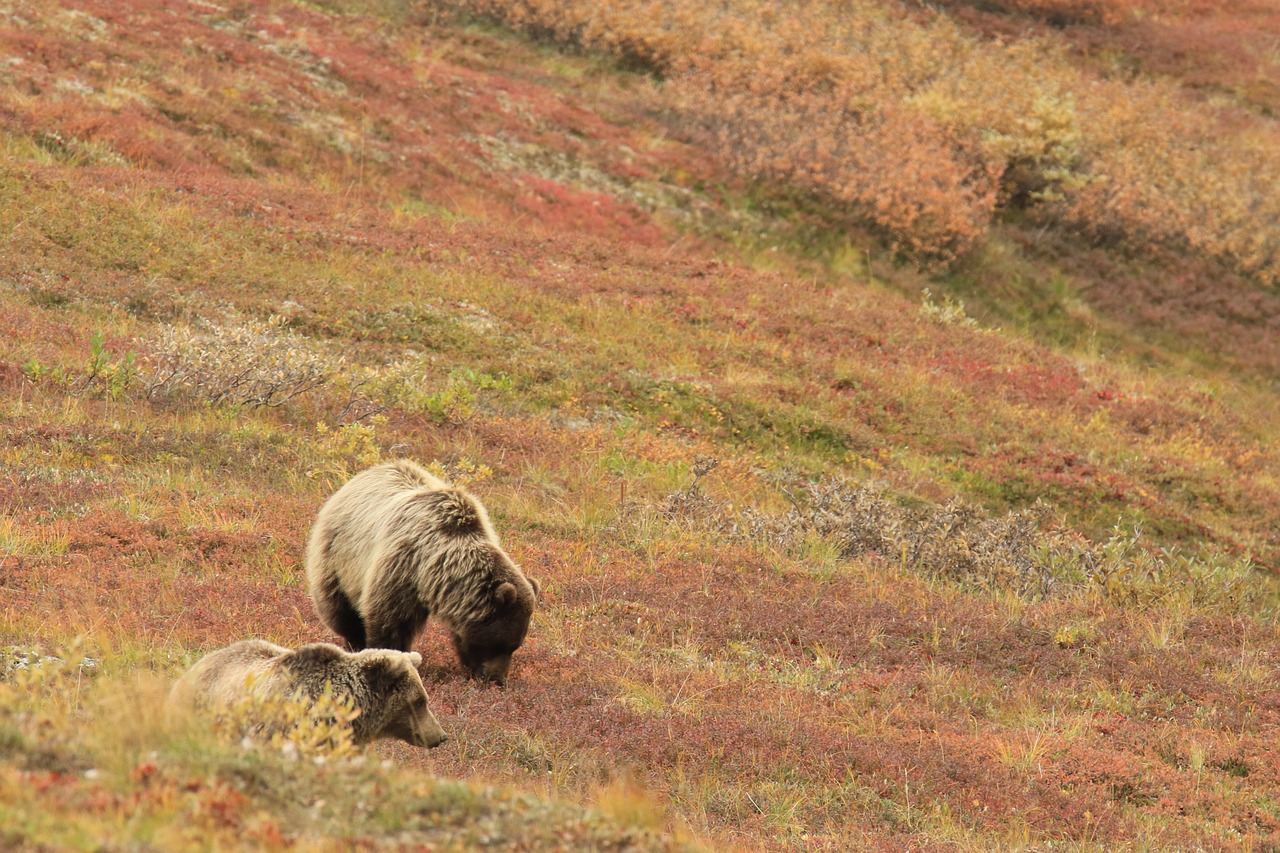
Only one species of bear can be found in deserts. It is amazing how successfully these bears have survived tremendous temperature swings, which may reach 40°C in the summer and drop substantially in the winter. Despite their toughness, Gobi Bears are seriously threatened by habitat loss and food shortages. Currently, there are less than 50 wild individuals. Conservation efforts are mostly concentrated on habitat restoration and poaching prevention to safeguard this endangered bear and its vulnerable desert habitat.
Gobi Ibex:
A rare species of wild goat that lives in the rocky mountainous regions of the Gobi Desert is called a Gobi Ibex (Capra sibirica hagenbecki). They can easily go through rough terrain thanks to their quick feet, which have admirably adapted to their harsh desert surroundings. The majority of their diet consists of grass, herbs, and other flora.
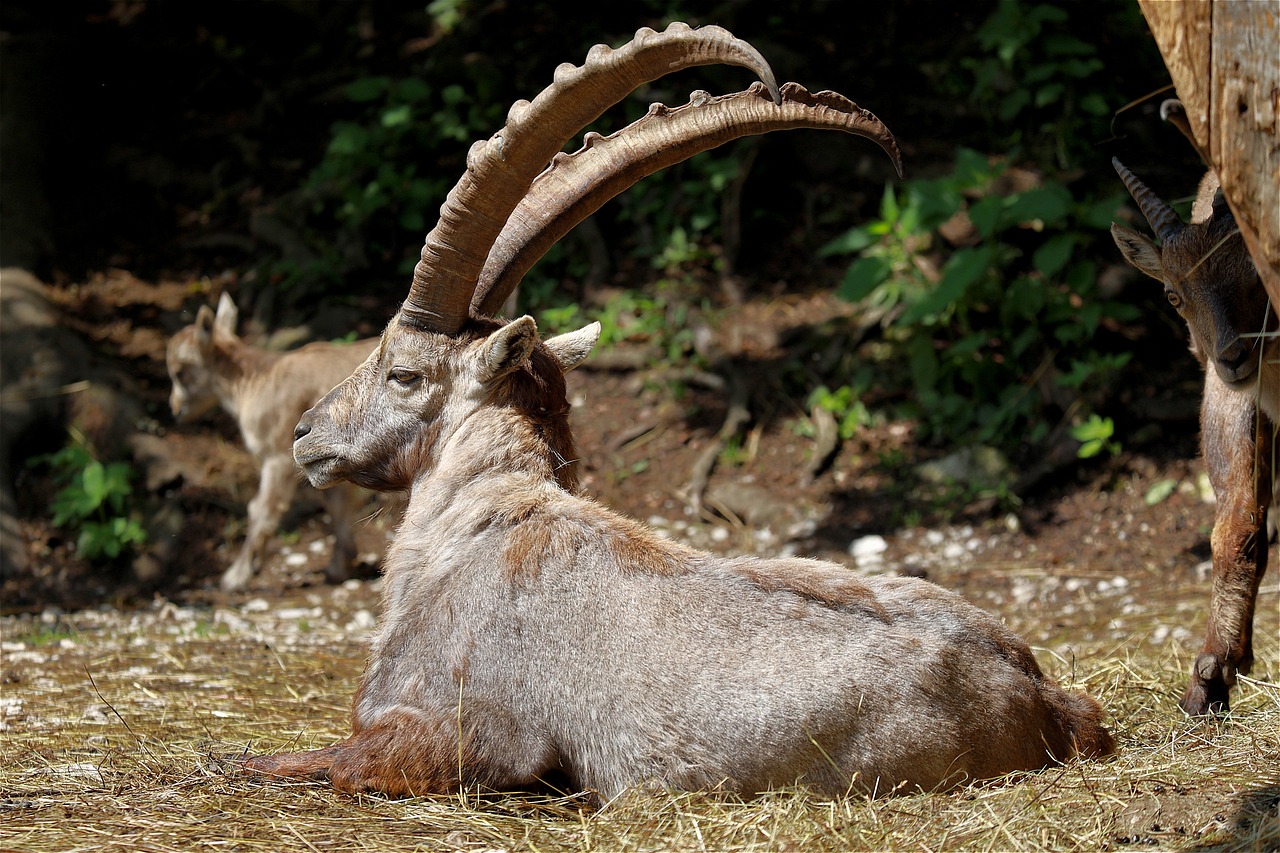
However, considering their dry habitat, they frequently trek far away to find food. The Gobi Ibex competes with its impressively curved horns for dominance and mating rights throughout the breeding season. The Gobi Ibex is threatened by hunting and habitat degradation despite being well suited to its harsh environment. Their population has gone down as a result. Through conservation initiatives, it is now possible to safeguard these amazing animals and their distinctive desert habitat.
Takhi or Prezewalski Horse:
The Przewalski’s Horse (Equus ferus przewalskii) is the last wild horse. This equid, known as the Takhi in Mongolia, thrives in the harsh Gobi Desert climate. The equines have muscular bodies, small limbs, and a dense mane that protects them from the desert ecosystem’s severe climate.
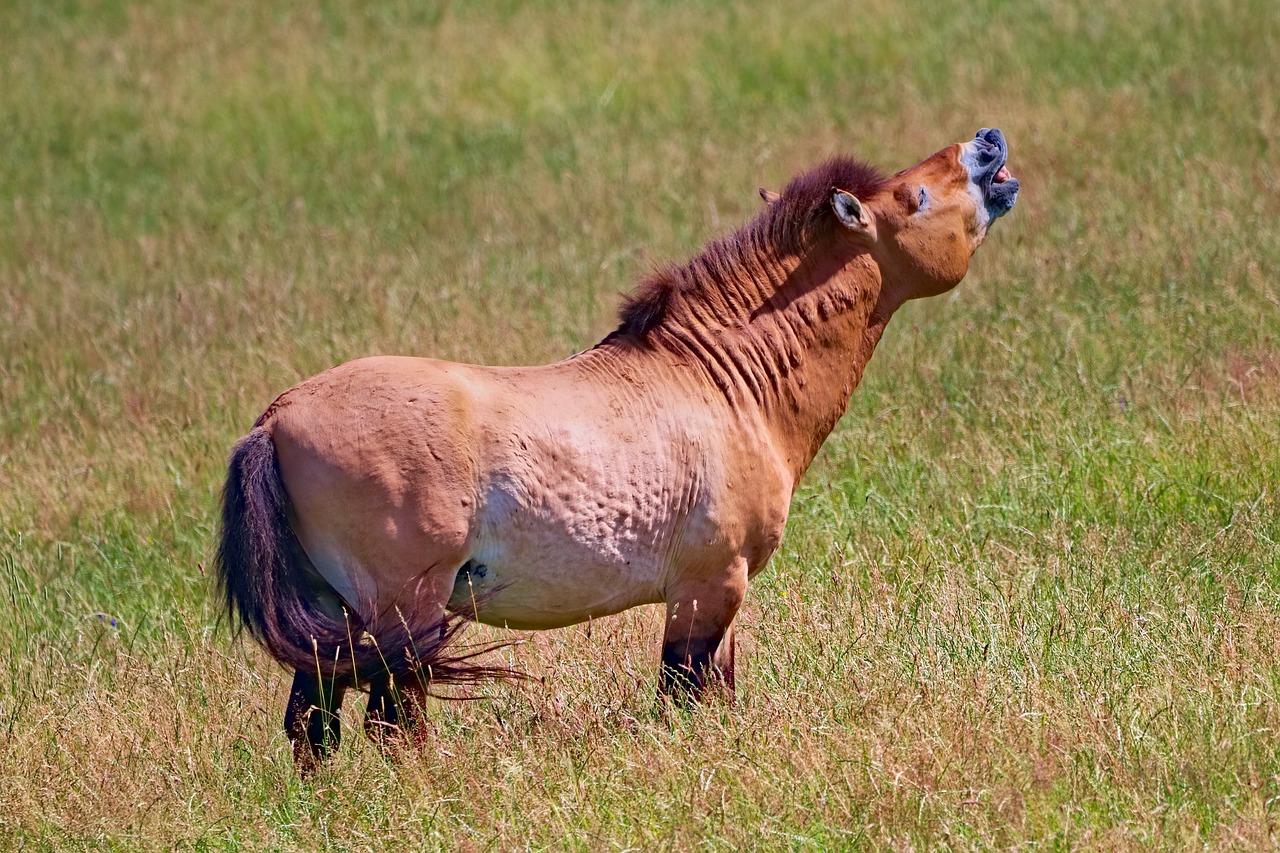
The hardy grasses of their natural habitat in the desert make up their diet. Conservation efforts brought the extinct Takhi back to the Gobi Desert. However, habitat loss and tamed animal encroachment continue to threaten the species, keeping it endangered.
Kulan (Equus Hemionus):
The Asiatic Wild Ass, or Kulan (Equus hemionus), is a robust species that lives in the vast Gobi Desert. The species in question have adapted to desert conditions to survive long periods without water and restricted plant supplies. Kulans are known for their speed and stamina, reaching 70 km/h.
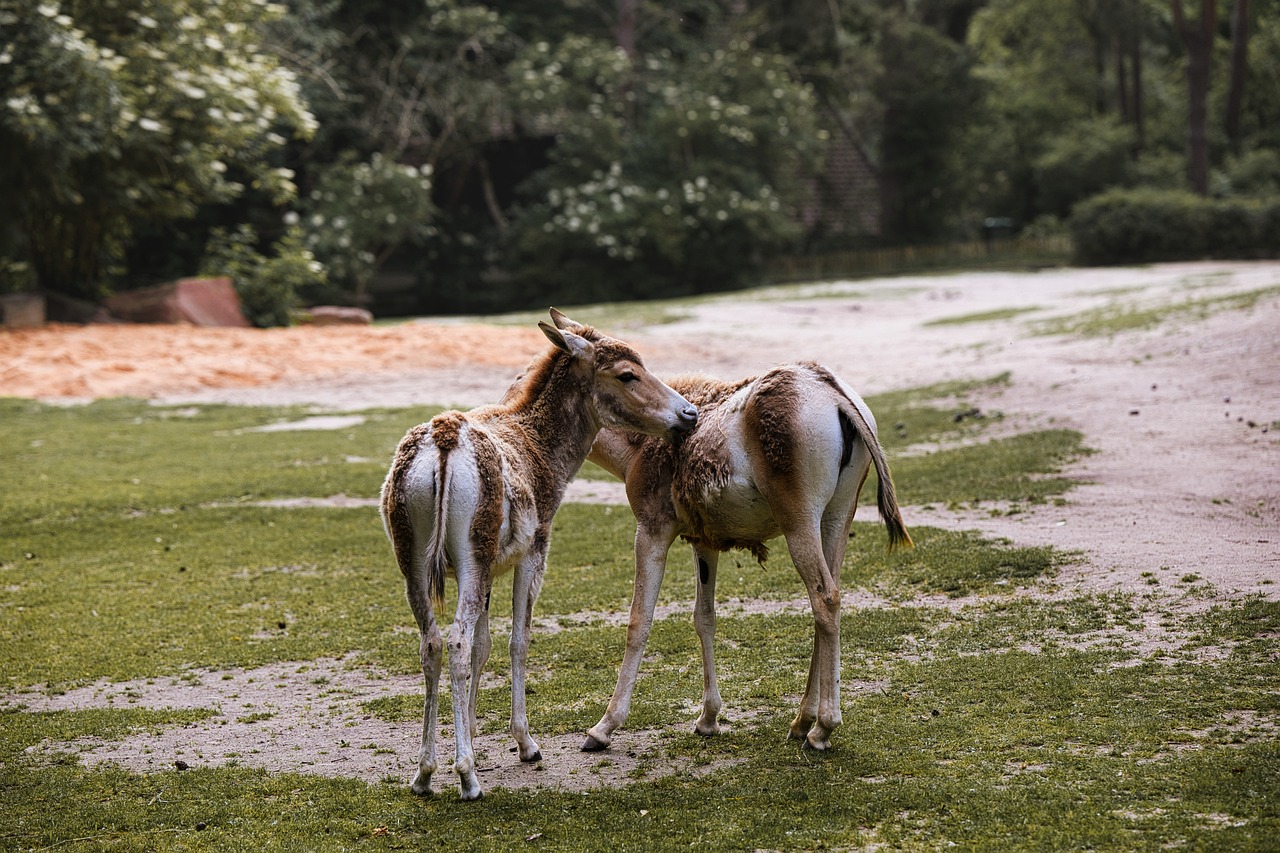
Their coat color, which can vary from light brown to grey, allows them to hide in the desert while avoiding predators. However, the Gobi Desert Kulan population has declined due to habitat loss and competition from domestic livestock for crucial supplies. This emphasizes the need for conservation.
Dzeren (a type of Antelope):
The Mongolian gazelle, or Dzeren (Procapra gutturosa), is an antelope. It lives largely in the Gobi Desert. Desert environments favor the nimble species under discussion due to their extraordinary adaptations. Their light-brown fur helps them blend into sandy terrain.
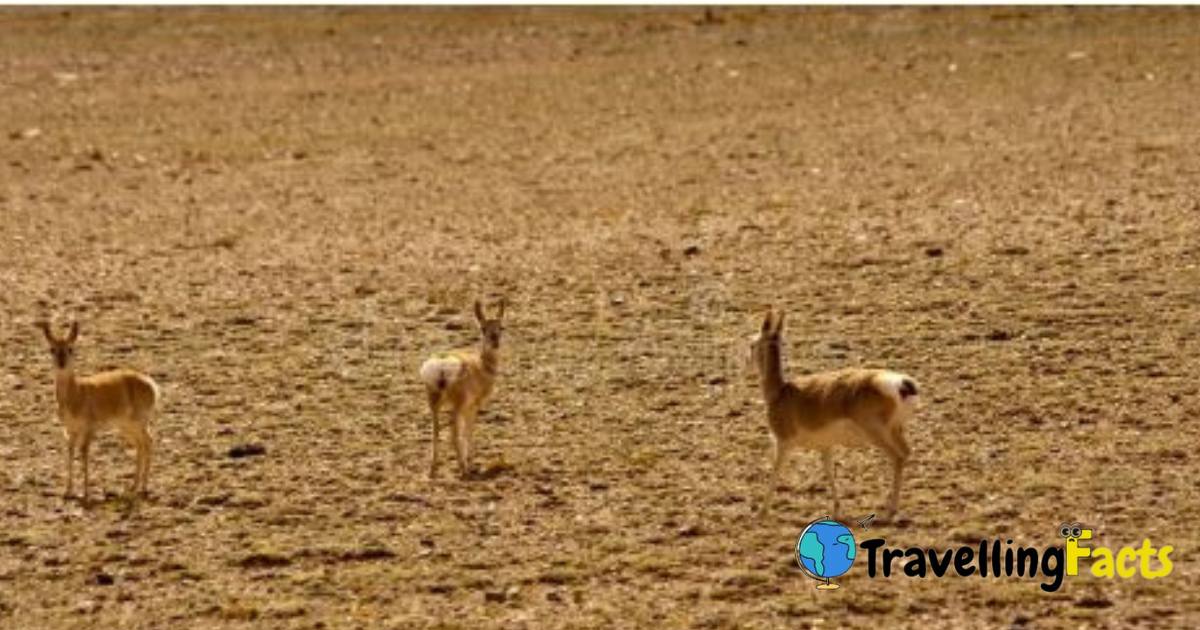
Dzerens’ speed and agility allow them to travel long distances seeking food and water from dry regions’ sparse plant life. In the vast Gobi desert, these animals live in large groups of thousands, creating a spectacular sight. The Dzerens, despite their flexibility, have threats from mining and cattle grazing that degrade their habitat. Conservation efforts are needed to preserve their survival.
Golden Eagles:
This remarkable bird predator lives in the Gobi Desert as Aquila chrysaetos, the Golden Eagle. The bird species under consideration can survive in varied Gobi environmental conditions because to its flexibility.
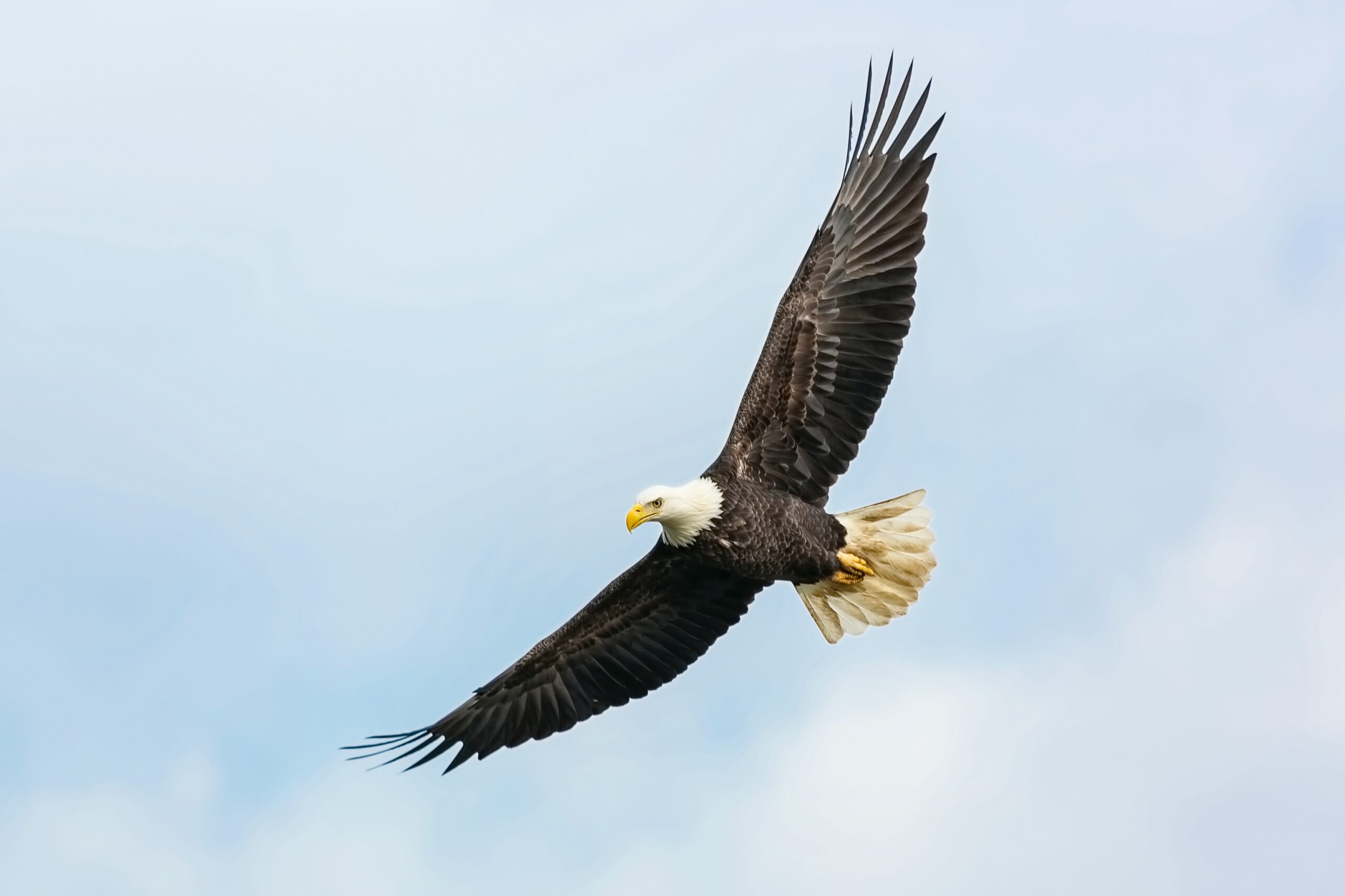
This includes surviving the frigid Tian Shan mountains and prospering in gentler climates. These birds build large nests with twigs on trees or precipices to see their food. The Golden Eagle is significant to the nomadic Kazakh people, who have a long history of eagle hunting. Mongolian festivities honor gorgeous birds. Despite their widespread distribution, Golden Eagles face habitat degradation threats. Conservation efforts are ongoing to safeguard these gorgeous birds.
Bearded Vultures:
Bearded Vultures, scientifically known as Gypaetus barbatus or lammergeiers, are extraordinary bird predators living in the harsh Gobi Desert. The vultures under consideration are resilient, with an average lifespan of 21.4 years in their natural habitat and 45 years in captivity.
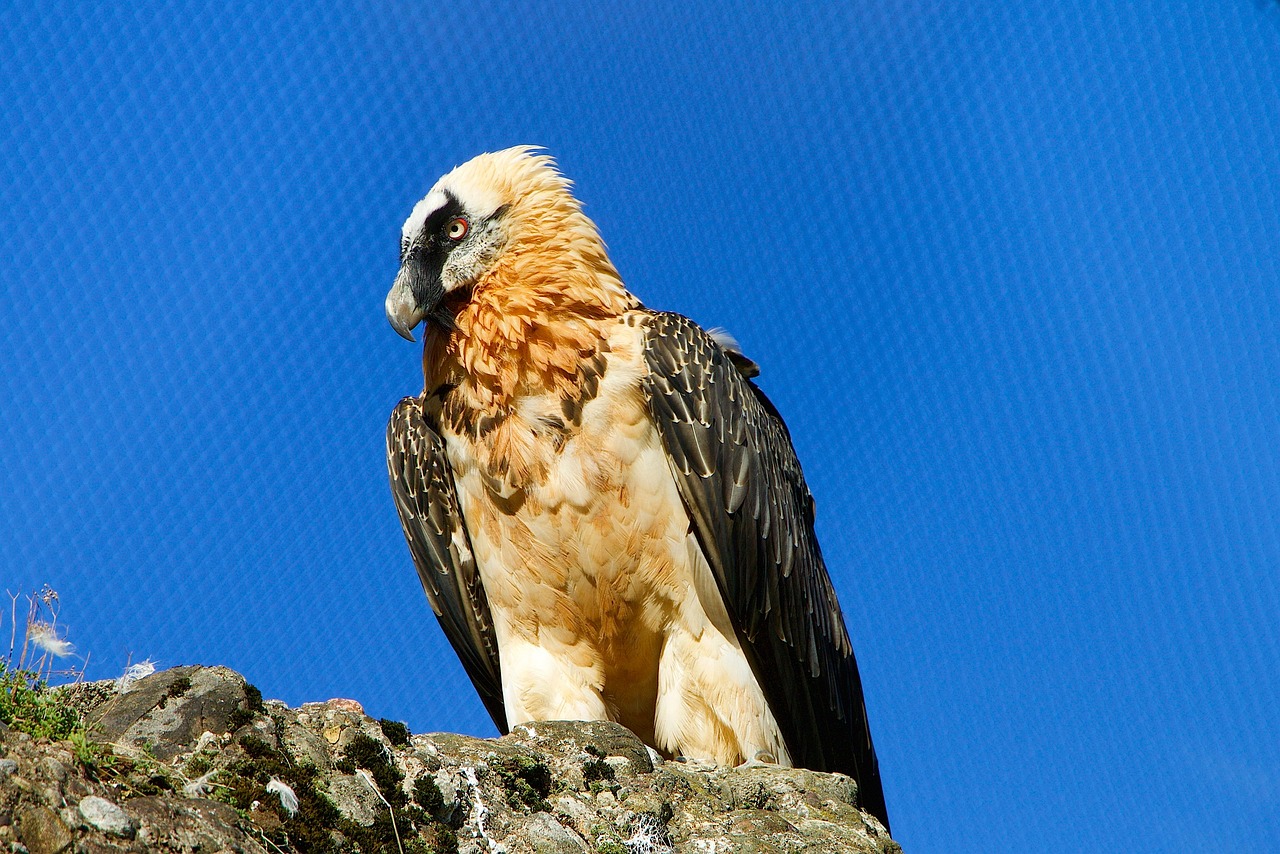
These birds live on rocky outcrops in the elevated Gobi desert, including Bayanbor, Tostiin Nuruu, Sevrei, Nemegt, Altan, Noyod, and Gobi Gurvansaikhan. The Bearded Vulture gives the Yoliin Am Valley its name. This valley, at 2500 meters, is named for the bird. This species is sedentary, living and reproducing in one place all year. Bearded Vultures represent the Gobi Desert’s grandeur due to their size and unusual appearance.
Marmots:
Marmots in the Gobi Desert are fascinating. Huge rodents, often compared to squirrels, live in Central Asia, including Mongolia and China. Tarbagan marmot is common here.
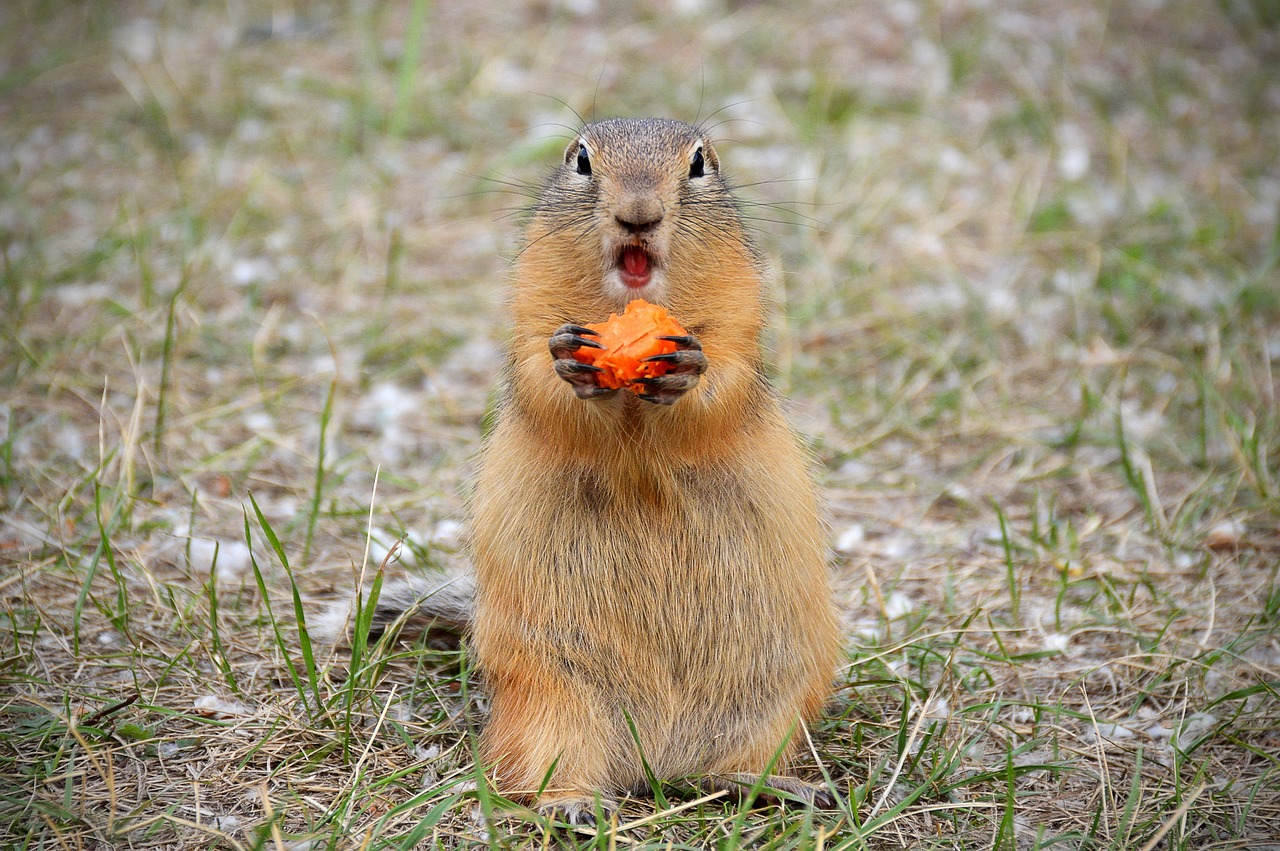
Marmots feed snow leopards and golden eagles. However, hunting and population growth fragment and deplete these species’ numbers in some areas. Marmots thrive in the harsh Gobi Desert despite these obstacles.
The Impact of Climate Change on Gobi Desert Animals
Climate change affects Gobi Desert wildlife. Desertification, which entails Gobi sand expansion, is linked to rising temperatures and weather patterns. Animal habitats are being disrupted by environmental change. The Gobi desert’s native biodiversity and nomadic herders’ livestock are experiencing significant environmental changes.
Overgrazing, summer dryness, and harsh winter snowfall have caused large cow losses and threatened herders’ livelihoods. Animals in the Gobi Desert have difficulty to find food and clean water as an outcome of climate change.
Scientific research estimates that the Gobi bear, a species that has suffered substantial impacts, has 22 to 30 individuals in its natural environment. The bears face an existential threat due to global warming-caused water depletion.
Changes in snowfall distribution and ice formation in small, immobile bodies of water are worsening climate crisis effects on Gobi biodiversity. Human activity and global warming endanger the Gobi Desert’s biological integrity, making it crucial to maintain its biodiversity.
Takeawys
Finally, climate change emphasizes the need to understand and conserve the Gobi Desert’s diversity. Well-being of this ecosystem depends on “Gobi Desert Animals.” Conservation methods are essential to mitigate the negative effects of rising temperatures and altering climates on Gobi Desert ecosystems. These methods should limit such damages and protect the region’s unique species to ensure their survival and well-being.
FAQs:
What is the Gobi Desert animals list?
Among the animals living in the Gobi Desert are the snow leopard, black-tailed gazelle, Gobi viper, jerboa, Gobi bear, Gobi ibex, wild Bactrian camel, Takhi or Prezewalski Horse, and various birds and toads.
What are the Gobi Desert dangerous animals?
There are iconic species such as the Gobi bear, the snow leopard, the wild Bactrian camel, and the Gobi ibex.
What is the animal of Gobi Desert?
Only a few dozen Gobi bears remain in the wild, making them one of the most iconic and critically endangered animals of the Gobi Desert.
How many Animals lives in Gobi Desert?
Large mammals, small reptiles, and birds live in the Gobi Desert. It is hard to determine the exact number of animals due to the vastness of the desert and the nomadic nature of many species. It is known to be a biodiverse region with numerous desert-adapted species..
What are the other interesting gobi desert facts?
Among the interesting facts Gobi Desert are the following: Diverse Wildlife and Plants, Ancient History, Extreme Climate, Landmarks, Geographical Features, and Location and Size.

